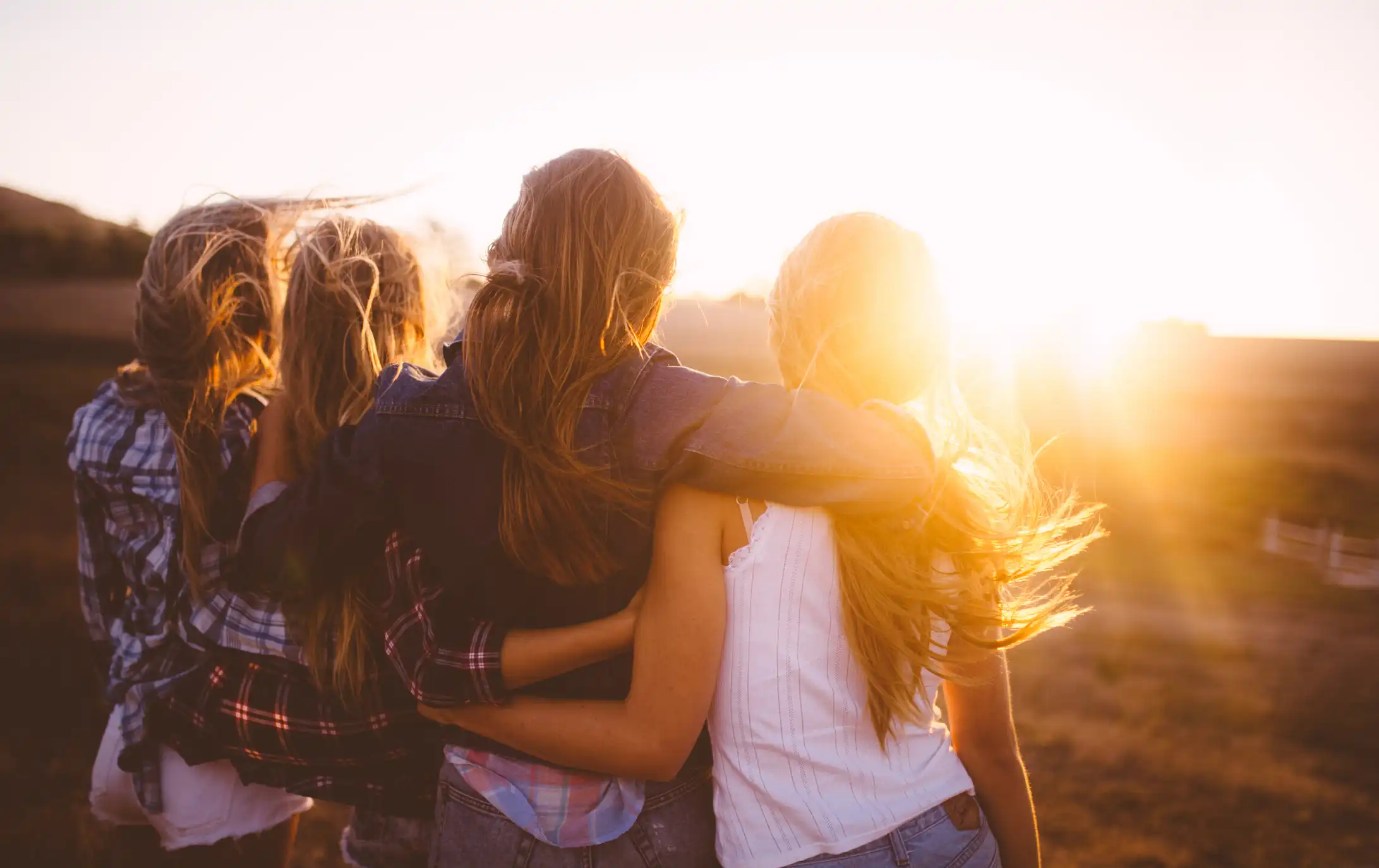
Domestic Violence
What Is Domestic Violence?
Domestic violence is a pattern of behaviors used to maintain power and control over an intimate partner. It can happen to anyone, regardless of their race, age, relationship status, sexual orientation, religion, or gender.
What Does Abuse Look Like?
Domestic violence can take on numerous forms, including physical abuse, sexual abuse, financial abuse, and emotional abuse. Each form possesses one commonality: the intent to gain or maintain power and control over another person. Often, the person choosing to do harm will use a combination of these types of abuse to maintain control.
How Do I Know If It’s Abuse?
It isn’t always easy to recognize when you’re in an abusive relationship. Often, the abuse is subtle and gradual. It can emerge and intensify as the relationship grows. It can also be hard to recognize because the abusive behaviors aren’t always constant. There can be many moments of non-abusive and loving behaviors, making it more difficult to identify signs of abuse. It’s also important to understand that domestic violence looks different in every relationship because every relationship is different. Below are some signs of different forms of abuse. Review the questions and if you answer “yes” to any of them, you can call us to talk it through.
Am I Experiencing Physical Abuse?
Does someone in your life…
- Hit, punch, slap, kick, shove or bite you?
- Pull your hair, smother, or choke you?
- Throw objects at you?
- Use weapons against you, such as firearms, knives, mace, bats, or other weapons?
- Abuse or threaten to abuse your pets?
- Harm your children?
- Prevent you from contacting emergency services, such as medical and law enforcement?
- Prevent you from eating or sleeping?
- Destroy your personal property?
- Force you to use drugs or alcohol?
- Prevent you from taking prescriptions or deny you necessary medical treatment?
- Threaten to commit suicide or threaten to kill you?
- Drive recklessly or dangerously when you are in the car with them?
- Prevent you from leaving your home?
If you answered ‘yes’ to even one of these questions, you might be in an unhealthy or abusive relationship. While this is a list of common behaviors, there could be others that are abusive. If you have concerns about anything, please call us at 1.800.382.5603.
Am I Experiencing Emotional Abuse?
Does someone in your life…
- Have sudden outbursts of anger or rage?
- Prevent you from going where you want?
- Isolate you from friends, family and other important people in your life?
- Monitor what you do – such as who you see, where you go, and what you do?
- Control what you wear?
- Monitoring your social media and all of your calls and texts?
- Act jealous and possessive and refuse to trust you?
- Insult you or call you derogatory names?
- Intimidate you with guns, knives or other weapons?
- Humiliate you in front of others?
- Turn minor incidents into major arguments?
- Threaten to “out” you to family members, employers, community members, or others?
- Say that no one will help you because of your sexual orientation?
- Tell you that you can never do anything right?
- Tell you that you are a bad parent or threatening to harm or take away your children?
- Prevent you from working or attending school?
- Threaten to commit suicide or threaten to kill you?
- Act like the abuse is not a big deal, deny the abuse or tell you it’s your fault?
- Punish you by withholding affection?
- Cause you to question your own sanity?
- Accuse you of cheating?
If you answered ‘yes’ to even one of these questions, you might be in an unhealthy or abusive relationship. While this is a list of common behaviors, there could be others that are abusive. If you have concerns about anything, please call us at 1.800.382.5603
Am I Experiencing Sexual Abuse?
Does someone in your life…
- Force or manipulate you to have sex or perform sexual acts?
- Refuse to practice safe sex?
- Prevent you from using birth control or making decisions about pregnancy?
- Engage in sexual activity when you’re unable to consent (sleeping, sick, intoxicated)?
- Hurt you during sex?
- Force you to watch or make pornography?
- Involve other people in sexual activities without your consent?
If you answered ‘yes’ to even one of these questions, you might be in an unhealthy or abusive relationship. While this is a list of common behaviors, there could be others that are abusive. If you have concerns about anything, please call us at 1.800.382.5603.
Am I Experiencing Financial Abuse?
Does someone in your life…
-
- Deposit your paycheck into an account you can’t access?
- Deny you access to family assets such as bank accounts, credit cards or car?
- Control all finances and force you to account for what you spend?
- Prevent you from working, limiting the hours you can work, or get you fired?
- Max out credit cards in your name without your permission?
- Not pay credit card bills and ruin your credit score?
- Live with you but refuse to work or contribute to the household?
- Use funds from children’s savings accounts without your permission?
- Force you to provide your tax refund or confiscate joint tax refunds?
- Refuse to provide money for necessary shared expenses like food, clothing, medical care, or transportation?
If you answered ‘yes’ to even one of these questions, you might be in an unhealthy or abusive relationship. While this is a list of common behaviors, there could be others that are abusive. If you have concerns about anything, please call us at 1.800.382.5603
Planning for your safety
Create Your Individualized Safety Plan
A safety plan is a tool for anyone who is experiencing domestic violence. It’s a document that outlines specific steps you can take to stay safe in different situations, such as when you’re at home, at work, at school, with children or pets, and more. Each plan is unique to the person filling it out because it is based on your life. You can use this online tool to help you create your individualized safety plan.
Domestic Violence Against Men
Moving Beyond the Gender Stigma
While women are statistically more likely to experience domestic violence, men are also victims of abuse. However, due to societal stereotypes and stigma surrounding masculinity, men may face additional challenges in coming forward and seeking help.
If you’re a male victim of domestic violence, know we’re committed to supporting you.
Teen Dating Violence
Recognizing Abuse in Young Adult Relationships
Younger, inexperienced daters don’t often have a clear understanding of what constitutes a healthy relationship. Consequently, they’re more susceptible to abuse.
Empowering teenagers with knowledge and resources helps them develop a better understanding of healthy relationship dynamics and recognize the signs of abuse. Our advocates are available to help teens with any relationship challenges they’re experiencing, including trouble at home or in dating relationships.
Next Steps
What Does Help Look Like?
We know it can feel intimidating to take that first step of reaching out for help. So, we want to give you an idea of what to expect when you call us.
Someone will answer your call by saying something along the lines of “Hello, how may I help you” or “Crisis line, how may I help you?”. At this point, you can say as much or as little as you would like. You might be asked some questions to better understand what you’re going through to ensure you’re connected with the best possible person to help you.
We might ask you a question about what county you’re calling from. We ask this question only so we can provide you with an advocate closest to you.
It’s possible that the advocate you need might be helping another client at the moment you call, so we might need to ask for your name and phone number to have an advocate call you back.
You can rest assured that your information – your name, your phone number, what you tell us about your situation – is all completely confidential. Our services are also free, so there will never be a cost to you.
